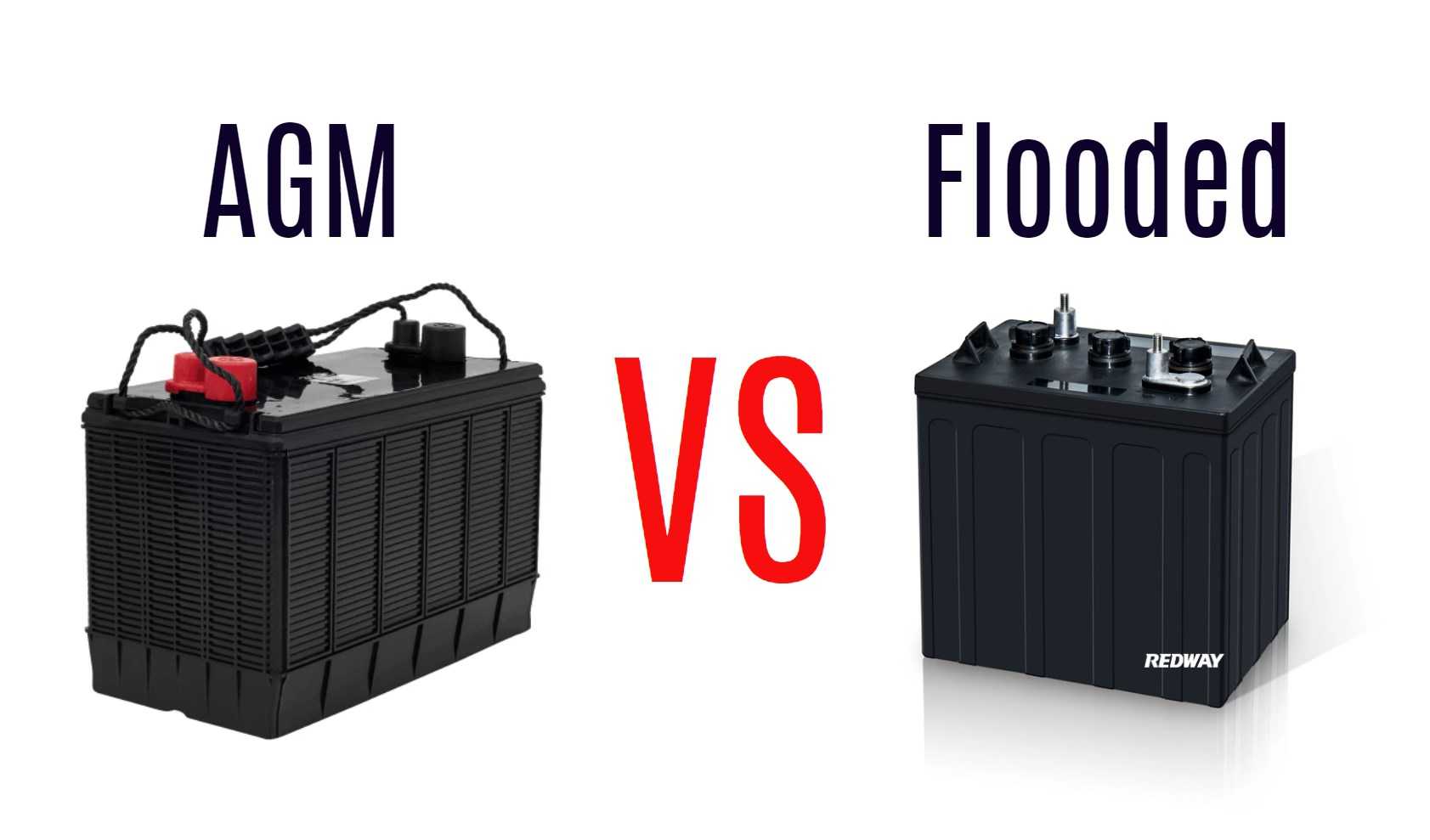Choosing the right battery for your needs can significantly impact performance, maintenance, and overall satisfaction. When it comes to lead-acid batteries, Absorbed Glass Mat (AGM) and flooded batteries are two of the most common options. Each type has its unique advantages and disadvantages, making it essential to understand their differences before making a decision.
Understanding AGM and Flooded Batteries
Flooded Batteries
Flooded batteries are the traditional lead-acid batteries that contain liquid electrolyte. They are widely used in various applications, including automotive, marine, and renewable energy systems.
- Advantages:
- Cost-Effective: Generally less expensive than AGM batteries, making them a popular choice for budget-conscious consumers.
- High Discharge Rates: Flooded batteries can handle higher discharge rates, making them suitable for applications that require significant power bursts.
- Longevity: With proper maintenance, flooded batteries can last several years.
- Disadvantages:
- Maintenance Required: Regular checks on electrolyte levels are necessary, as they can evaporate over time. This adds to the overall maintenance effort.
- Gassing Issues: During charging, flooded batteries can emit gases like hydrogen and oxygen, necessitating adequate ventilation to prevent hazards.
- Temperature Sensitivity: Performance can be affected by extreme temperatures, which can lead to reduced lifespan.
AGM Batteries
AGM batteries utilize a glass mat separator to absorb the electrolyte, making them spill-proof and maintenance-free. They have gained popularity in recent years due to their advanced technology.
- Advantages:
- Maintenance-Free: No need for regular electrolyte checks or top-ups, which simplifies usage.
- Safer Operation: The sealed design minimizes gas emissions during charging, making them safer for enclosed spaces.
- Better Performance in Extreme Conditions: AGM batteries perform well in both high and low temperatures and are more resistant to vibrations.
- Disadvantages:
- Higher Initial Cost: AGM batteries typically come with a higher price tag compared to flooded options.
- Lower Discharge Rates: While suitable for most applications, they may not handle extremely high discharge rates as effectively as flooded batteries.
- Sophisticated Charging Needs: AGM batteries may require specific chargers to prevent overcharging.
Key Considerations When Choosing Between AGM and Flooded Batteries
- Application Requirements:
- If you need a battery for starting engines or applications requiring high bursts of power, flooded batteries may be more suitable.
- For applications where space is limited or maintenance is challenging, AGM batteries offer a practical solution.
- Budget Constraints:
- If cost is a significant factor, flooded batteries provide an economical choice without sacrificing too much performance.
- However, consider the long-term savings associated with maintenance-free AGM batteries.
- Maintenance Preferences:
- If you prefer a hassle-free experience with no regular maintenance, AGM batteries are the better option.
- If you don’t mind regular checks and upkeep, flooded batteries can be a viable choice.
- Environmental Conditions:
- For extreme temperature environments or applications with significant vibration (like off-road vehicles), AGM batteries may perform better.
- Flooded batteries may struggle under these conditions but can be more cost-effective in stable environments.
Latest News on Battery Technology
- Innovations in Battery Design: Recent advancements in battery technology have led to improved safety features and longevity for both AGM and flooded options.
- Sustainability Initiatives: Manufacturers are increasingly focusing on eco-friendly practices in battery production, aligning with global sustainability goals.
- Market Trends: The demand for maintenance-free options like AGM batteries is rising as consumers seek convenience alongside performance.
Redway Expert Comment
As experts in lithium LiFePO4 battery technology, we recognize that both AGM and flooded batteries have their unique strengths. Your choice should depend on specific application needs, budget considerations, and maintenance preferences. While flooded batteries offer cost savings upfront, AGM technology provides long-term benefits through reduced maintenance and enhanced safety features.”
Conclusion
In summary, choosing between AGM and flooded batteries involves weighing the pros and cons of each type against your specific needs. Whether you prioritize cost-effectiveness or maintenance-free operation will guide your decision. By understanding the differences between these two battery types, you can make an informed choice that best suits your requirements.




